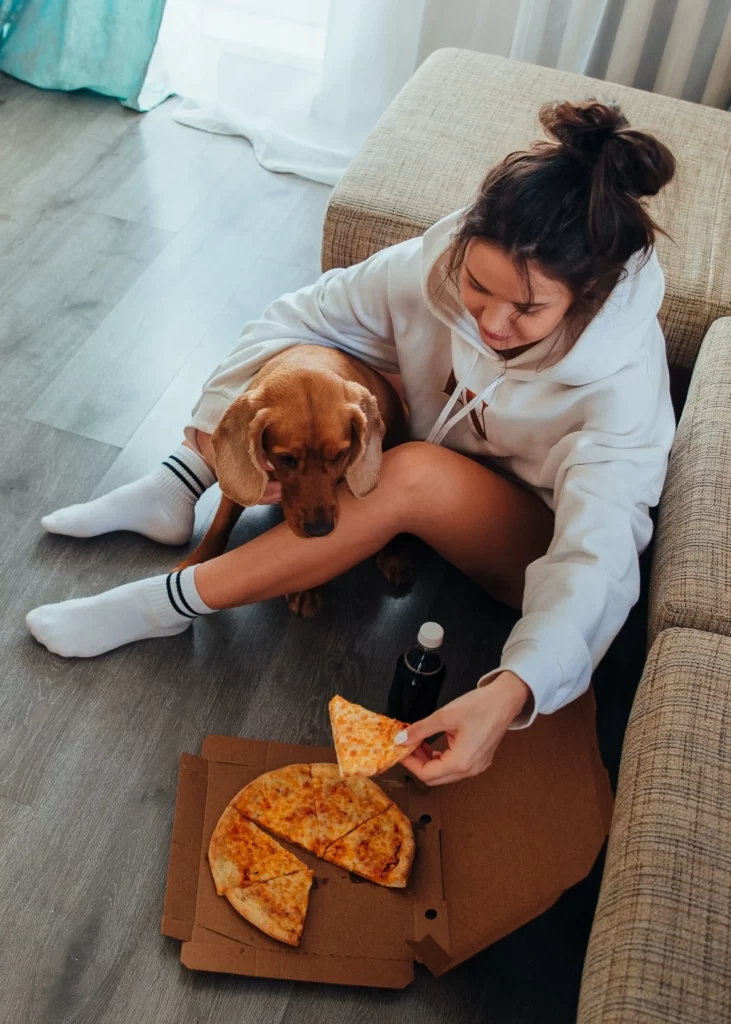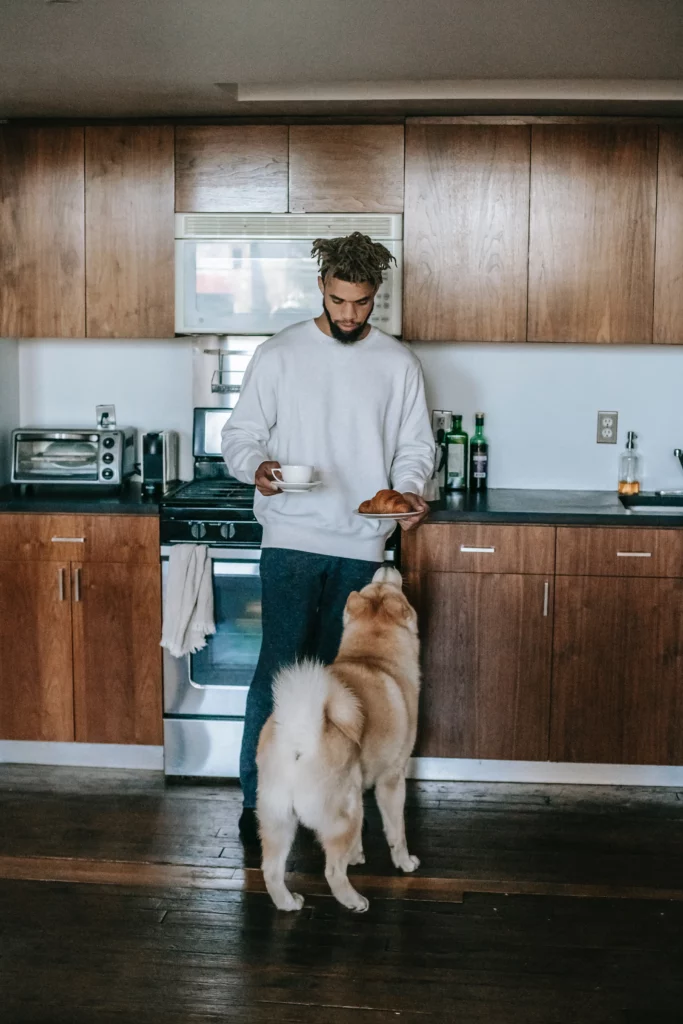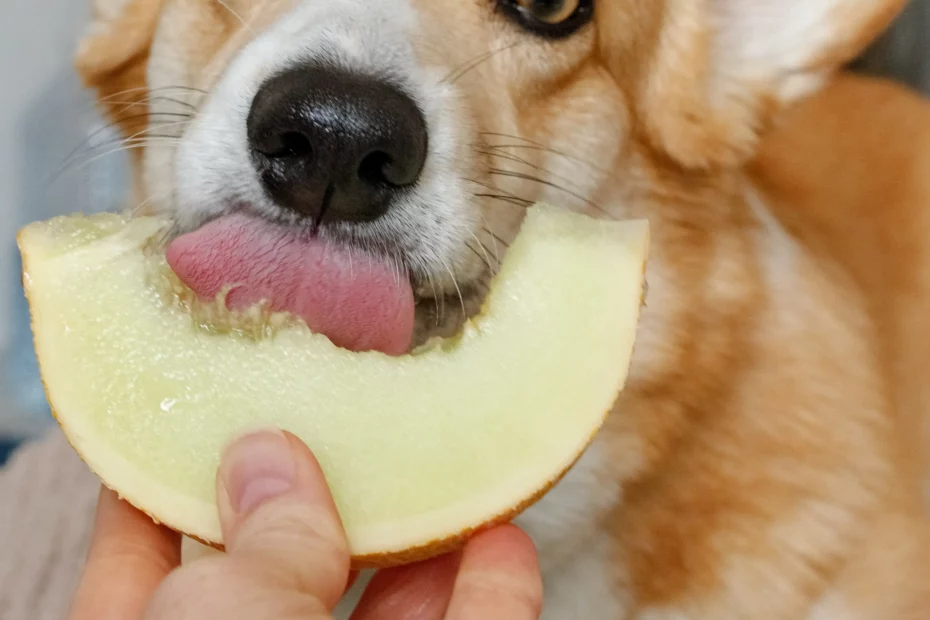Food aggression in dogs is a serious problem that can lead to injury or even death. If your dog is displaying any signs of food aggression, it is important to seek professional help immediately.
There are several different types of food aggression, but the most common is resource guarding.
Resource guarding is when a dog becomes possessive of their food and will growl, lunge, or bite if someone tries to take it away. Other types of food aggression include fear-based aggression and redirected aggression. Fear-based aggression is when a dog is afraid of losing their food and will lash out in fear. Redirected aggression is when a dog is aggressive towards someone because they are trying to get to the dog’s food.
Resource guarding in dogs
Resource guarding is a behavior often seen in dogs in which the dog attempts to protect a resource, such as food, toys, or attention, from other dogs or people. This behavior is often seen in dogs who are not well socialized and may be a result of insecurity or anxiety. Resource guarding can be a serious problem if not addressed, as it can lead to aggression and even bites.
Your dog may start guarding resources when,
- A new person or animal enters the home.
- A change in routine occurs, such as a baby being born or a pet moving in.
- Your dog is not getting enough attention.
- It is bored or frustrated.
- It is sick or in pain.
Causes of food aggression in dogs
There are many potential causes of food aggression in dogs, including genetics, early life experiences, and learned behavior. Some dogs may be born with a higher prey drive or be more protective of their food, while others may learn to be aggressive over food if they are constantly competing with other dogs for resources. Additionally, some dogs may become aggressive out of fear or anxiety if they feel like they are constantly in danger of losing their food.
Recognize that food aggression is a problem in dogs and one that can be dangerous. We recommend you always consult with a professional dog trainer or behaviorist if you are having issues with a dog who is exhibiting aggressive behaviors.
If your dog is food aggressive, you should not punish him. This will only make the aggression worse. You should also not try to forcefully take away his food. This could result in him biting you. Instead, you should work on training your dog to be less food aggressive.
This will take patience and time, but it is possible. There are a few things you can do to help train your dog to be less food aggressive.
- Feed your dog his meals in a quiet area away from other people and animals. This will help him to associate food with a calm environment.
- Don’t make a big deal out of mealtime. Don’t give your dog a lot of attention when you are preparing his food or when he is eating.
- Gradually introduce your dog to new people and animals. Don’t let new people or animals approach your dog while he is eating.
- If your dog growls or snaps at you, don’t punish him. This will only make the problem worse.
- Instead, remove his food bowl and end the meal. You can try again later when he is calmer.
- Reward your dog when he is calm around food. Give him a treat or pet him when he is calm around his food bowl.
- Be patient. This process will take time and patience.

How to stop food aggression in dogs?
Teach your dog not to be food aggressive
Dog guarding food and toys is a common behavior. It’s usually just a case of your dog trying to protect his valuable resources. Sometimes, though, this behavior can escalate into aggression. If your dog is growling or snapping when you approach his food or toys, you’ll need to take some steps to correct the problem.
The first thing to do is to make sure that your dog always has plenty of food and toys. A dog who is guarding his resources is usually just trying to make sure that he has enough to eat and play with. If you’re giving your dog enough of these things, he shouldn’t feel the need to protect them so fiercely. If your dog is still guarding his food and toys after you’ve made sure that he has plenty, you’ll need to work on his behavior.
Start by teaching him to “drop it” when you ask him to. This will help him learn that he doesn’t have to protect his resources from you. Once your dog is responding well to the “drop it” command, you can start working on getting him to let you approach his food and toys while he’s eating or playing with them. This will take some patience and practice, but eventually, your dog should learn that he doesn’t need to guard his resources from you.
Be consistent with your training
One of the most important things to remember when you’re training your dog is to be consistent. If you only work on the problem occasionally, your dog won’t understand what you’re trying to teach him.
Dogs learn best when the commands are clear and consistent commands. If you’re having trouble being consistent with your training, try to set up a regular schedule for working on the problem. For example, you might work on the “drop it” command with your dog every day for a week. Then, you can take a break for a few days before working on it again. It’s also important to be consistent with the way you give your commands.
Dogs can be very good at picking up on subtle cues from their owners. If you’re not consistent with the way you give your commands, it will confuse your dog and your dog will start to ignore you.
Reward your dog for good behavior.
Rewards are a great way to motivate your dog and help him learn new things. When you’re training your dog, be sure to give him lots of praise and treats when he does what you ask. This will help him understand that he’s doing the right thing and will make him more likely to obey your commands in the future.
If you’re having trouble getting your dog to respond to your commands, try using a clicker. A clicker is a small device that makes a clicking sound when you press it. Many dog trainers use clickers to help their dogs learn new tricks.
To use a clicker, simply press the button when your dog does something you want him to do. For example, if you’re teaching your dog to sit, you would press the button when he sits down. Your dog will quickly learn that the click means he’s done something you approve of and will start to respond to your commands more quickly.

How to stop food aggression in dogs towards other dogs
Food aggression in dogs towards other dogs is by various things. Some of the most common causes include:
- Lack of Socialization. Many dogs that display food aggression towards other dogs have not been properly socialized. This means that they have not had the opportunity to learn how to interact with other dogs in a positive way and as a result, they may become aggressive when they feel threatened by another dog.
- Lack of Human Interaction. Another common cause of food aggression in dogs is a lack of human interaction. Many dogs that are not properly socialized with humans may become aggressive when they feel threatened by a person.
- Lack of Proper Nutrition. Many dogs that are not properly nourished may also become aggressive. This is because a lack of proper nutrition can lead to a number of health problems that can make a dog feel anxious and stressed.
- Fear. Many dogs that display food aggression towards other dogs may be doing so out of fear. This is often the case with dogs that have been abused or neglected in the past.
- Possessiveness. Many dogs may become aggressive towards other dogs because they feel possessive of their food. This is often the case with dogs that have been raised in a home where they were the only pet.
- Separation Anxiety. Many dogs may become aggressive towards other dogs because they suffer from separation anxiety. This is often the case with dogs that have been separated from their owners for a long period of time.
- Territoriality. Many dogs may become aggressive towards other dogs because they feel territorial. This is often the case with dogs that live in a home where there are multiple pets.
The solutions:
- Recognize that food aggression in dogs is a problem and should not be tolerated.
- Be consistent with your dog’s diet and training so that he understands that he must not aggress towards other dogs when eating.
- Use positive reinforcement to teach your dog which reward him for behaving politely around other dogs.
- Avoid rewarding your dog for behaving aggressively towards other dogs, and punish him if he displays such behavior.
- If your dog is consistently behaving aggressively towards other dogs, consider taking him to see a professional.
Conclusion
There is no one-size-fits-all answer to the question of whether or not dogs can be aggressive around food. Each dog is an individual, and each situation is unique. Some dogs may never show any aggression around food, while others may only be aggressive in certain situations.
If you’re concerned about your dog’s food aggression, and the above suggestions do not work. It’s important to talk to your veterinarian or a qualified animal behaviorist. Only they can assess your dog’s behavior and offer advice on the best way to address the issue.
